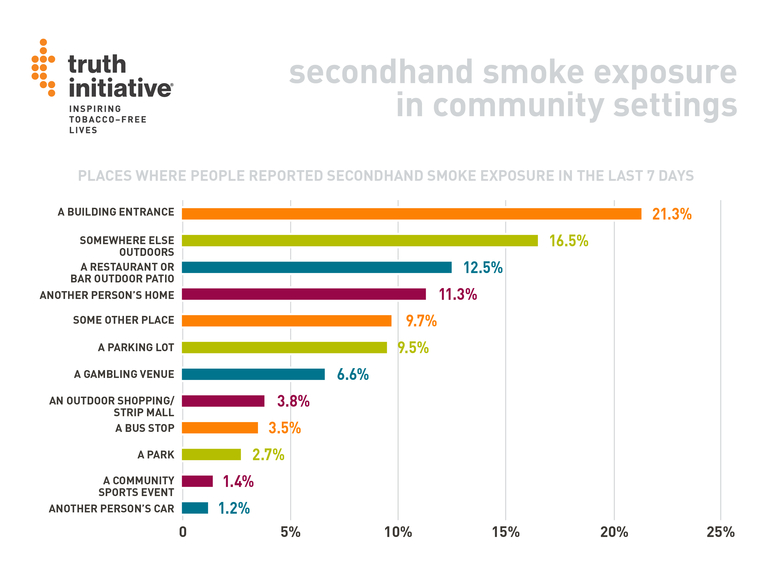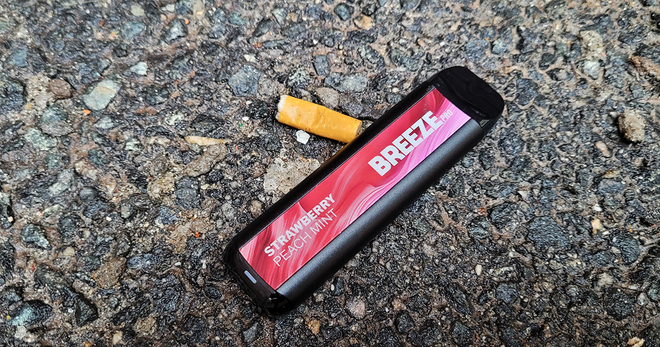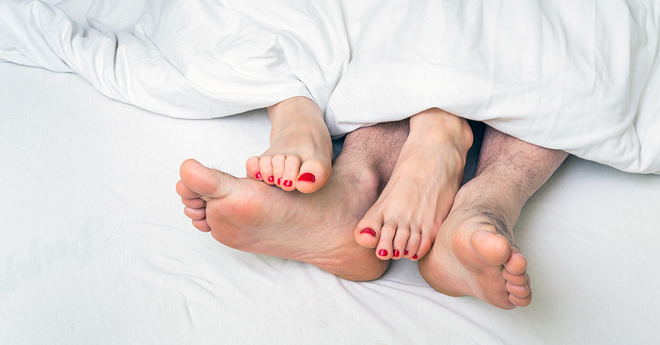Where are people still breathing the most secondhand smoke?
Smoke-free laws play a critical role in protecting people from secondhand smoke, which is linked to the deaths of more than 40,000 non-smoking adults and 400 infants each year.
In the past decades, more than half of U.S. states and territories, and many more localities, have enacted comprehensive smoke-free laws that ban smoking from inside almost all indoor public areas, including restaurants and bars. Many other states and localities have enacted more limited restrictions.
Studies have credited these laws with not only decreasing public exposure to secondhand smoke, but helping to encourage smoke-free homes and reduce smoking rates. But even with smoke-free laws, tens of millions of Americans continue to be exposed to secondhand smoke.
To find out who faces the most exposure and where, a Truth Initiative® researcher joined collaborators to measure secondhand smoke exposure among people in Minnesota in 2014, seven years after the state enacted a comprehensive smoke-free law.
Their findings, published in the American Journal of Health Promotion, show that more than a third—36 percent—of non-smokers said they were exposed to secondhand smoke in the past seven days.

Community settings, such as building entrances, restaurant patios, strip malls, parks and bus stops, were the most common venues for secondhand smoke exposure, with 32 percent of people saying they had come into contact with it in the past seven days. Respondents cited cars and homes as the next most common areas for exposure, at 7 percent and 3 percent, respectively.
Young adults had a disproportionately higher exposure to secondhand smoke in all settings, and low-income individuals were more likely to be exposed at home or in cars. Non-smokers living with a smoker were nearly 40 times more likely to be exposed in their home, and were five times more likely to be exposed in a car, compared to those who did not live with a smoker.
“As communities consider additional restrictions on smoking, it is important to note that young people continue to be disproportionately exposed to smoking and secondhand smoke in many settings,” said Michael Amato, Ellen R. Gritz Postdoctoral Fellow at the Schroeder Institute® for Tobacco Research and Policy Studies.
More in harmful effects of tobacco
Want support quitting? Join EX Program
By clicking JOIN, you agree to the Terms, Text Message Terms and Privacy Policy.
Msg&Data rates may apply; msgs are automated.


